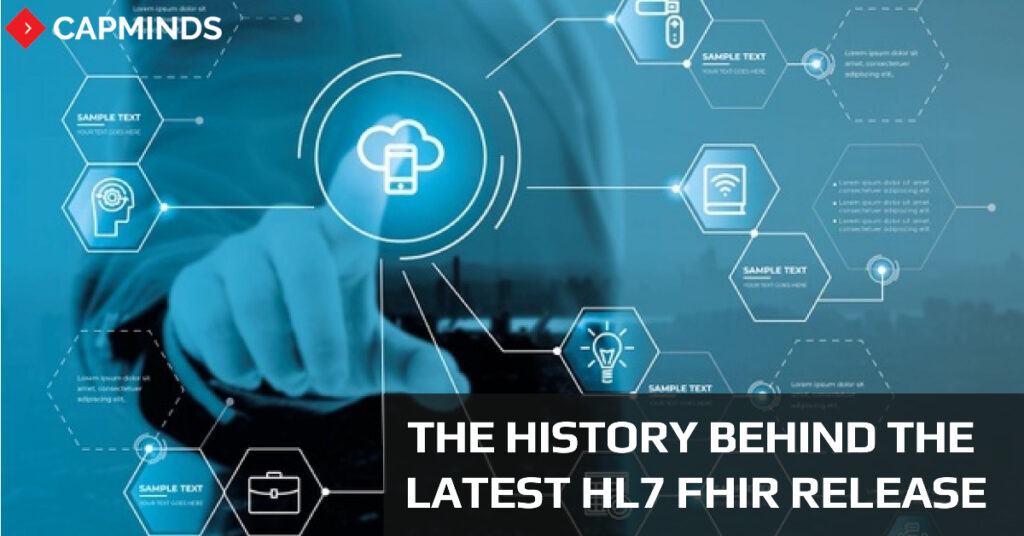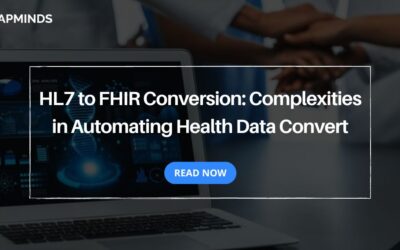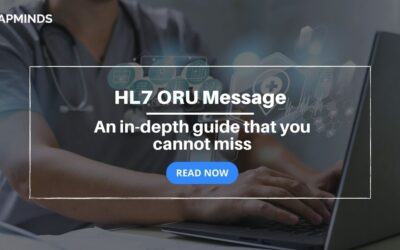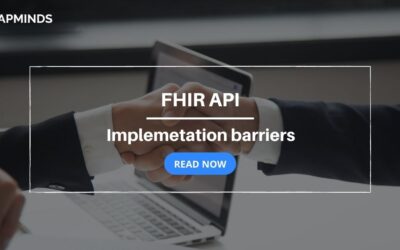History Behind The Latest HL7 FHIR Release
The Health Level Seven International’s (HL7) Fast Healthcare Interoperability Resources (FHIR) standard reached a key milestone with the first normative release of the framework — version 4. As the healthcare organization continues to build on the momentum toward health care interoperability, HL7 is now started to focus on version 5. With the latest FHIR releases, healthcare providers can able to achieve greater standardized access to complete patient records and greater support for more powerful apps.
The History Of FHIR: How It Came To Existence?
Before knowing about the importance of FHIR, It’s better to know about the evolution of FHIR. The history of FHIR starts with version 2, version 3, and continues to evolve. Here are the versions released by HL7 and what are the drawbacks of those versions and how FHIR came to existence.
“Version 2” (V2):
Version 2 was initially released in the late 1980s but now it is most widely used around the world. Version 2 is primarily used to send packets of clinical data between admission, discharge, and transfer patient registration systems, lab systems, EHRs, and more.
The limitations of Version 2:
V2 was highly successful, but implementers complained that the specification was too loose and often required custom tweaking for any two systems to interoperate. V2 messages were not semantic, making it impossible to guarantee that the receiver could understand the clinical meaning of the content.
“Version 3” (V3):
In response to the limitations of V2, HL7 set out to create V3 to address the under-constrained design of V2 and to capture more semantic meaning in each message.
The limitations of V3:
Unfortunately, the V3 standard landed on the “too complicated” side of the standards balancing act.
For example, to add semantics, each V3 message was defined by inheriting concepts from a reference implementation model, an attempt to model all of health care data using the smallest number of core concepts possible – including base abstractions such as Act, Entity, Role, and Participation. Each new message need to be mapped back to the reference implementation model, why because, this makes the clinical concepts more clear.
The process of building messages that could derive from the reference implementation model proved to be difficult, and the imputed semantics were less powerful than expected.
Fresh Look & Resources for Health:
In response to the limitations of V3, HL7 created a “Fresh Look” project in late 2011 to explore new approaches to thinking about interoperability standards. Overcoming all the difficulties, Grahame Grieve, proposed “Resources for Health.” It simplified the complex modeling requirements of V3 and adopted an emerging approach known as RESTful design.
In the previous HL7 Version 3, to work with messages, the custom tools are necessary for processing it. But, in this new “Resources for Health” model, developers can able to work on messages with the help of simple and ordinary web tools.
Today’s FHIR is the direct and easiest method of the “Resources for Health” proposal. Yes, FHIR creates a new framework for healthcare as it creates an ecosystem of connected healthcare applications developed by different vendors.
Why FHIR Is Crucial To Interoperability?
FHIR plays a crucial role in interoperability when compared to the other versions of HL7 like V2 and V3. Why because, for a successful healthcare system, the emerging healthcare industries are looking towards the standards-based APIs and the demand is growing day by day.
Interoperability in the V2 and V3 era was based on simple message passing. While adequate for non-real-time, non-interactive data sharing, message passing could not meet the needs of complex and tight system-to-system integrations, such as SMART apps and other real-time data sharing. APIs for health care is not new, but prior to FHIR, there was no applicable standard available, so vendors typically implemented only proprietary APIs.
Using a standardized API, FHIR allows developers to create apps that transcend this document-based environment. Those applications can be plugged into a basic EHR operating system and feed information directly into the provider workflow. So that it avoids the issues of document-based exchange, which often requires the provider to access data separately. Widespread interoperability is obviously hindered if every connection requires a non-standard approach.
Read More: THE ROLE OF FHIR IN INTEROPERABILITY
The Future Of FHIR In Healthcare
Nowadays, we can encounter many innovative uses of FHIR APIs, such as provider-facing SMART on FHIR pluggable apps, as well as consumer-facing innovations, such as Apple’s Health app that allows for a simple download of core clinical data from EHR portals. The latest developments of FHIR are another step forward in delivering more flexible, versatile, and efficient health care that will benefit both providers and consumers.



